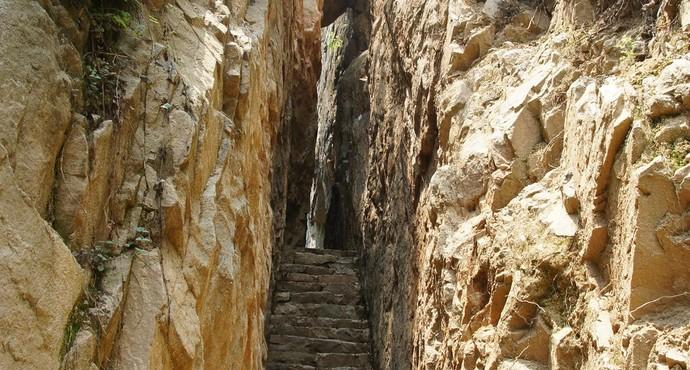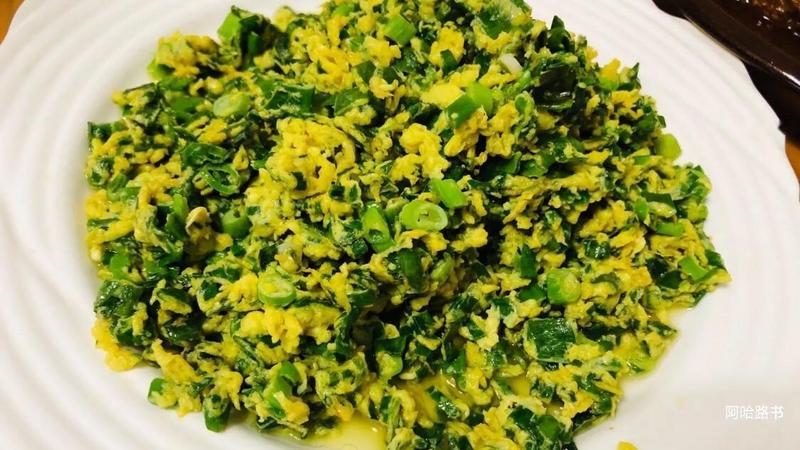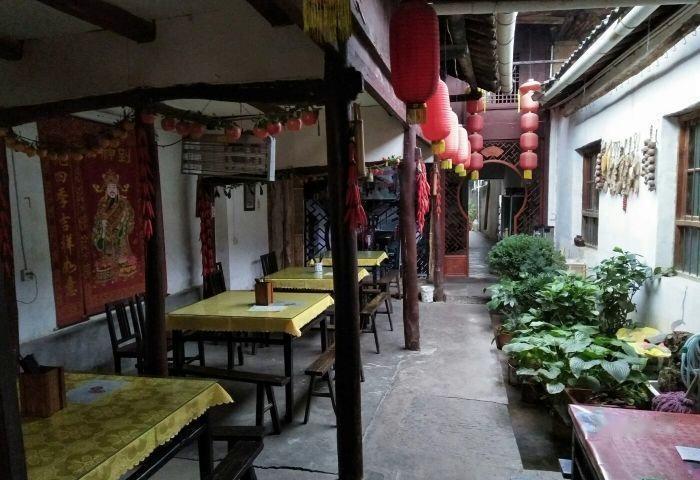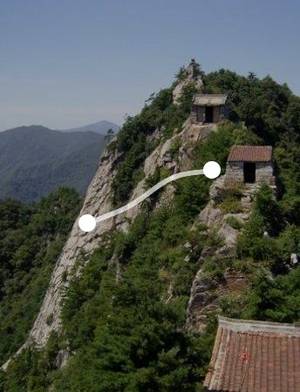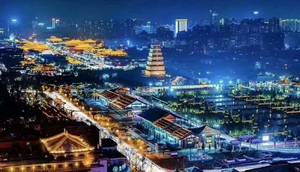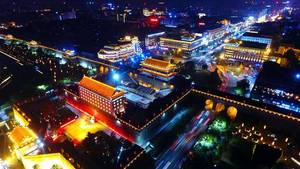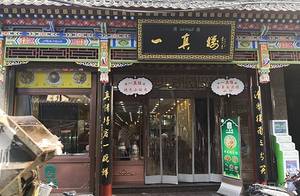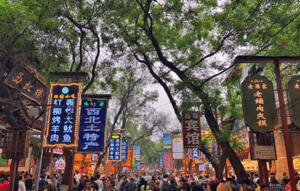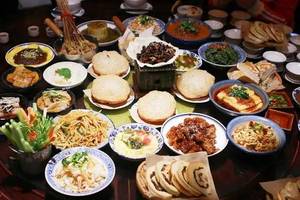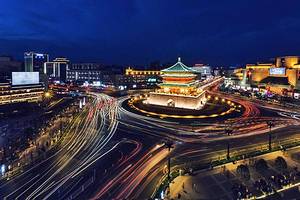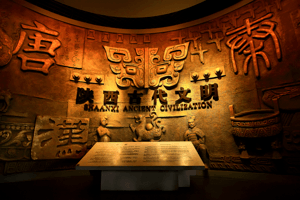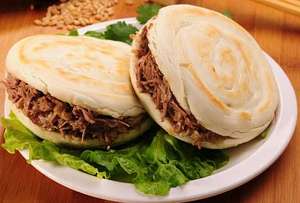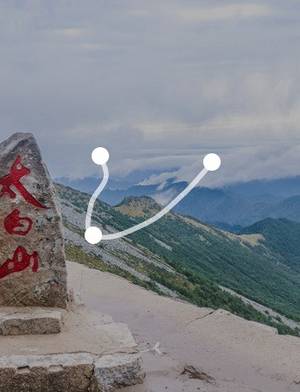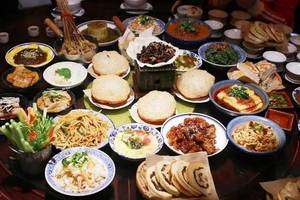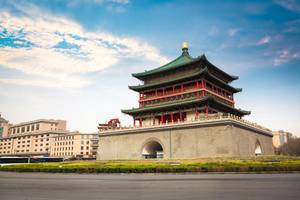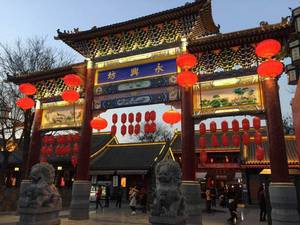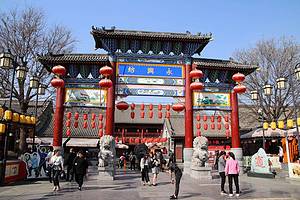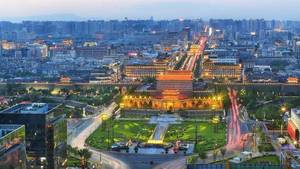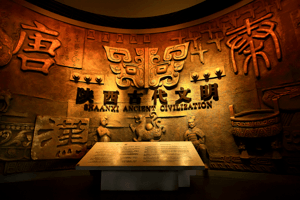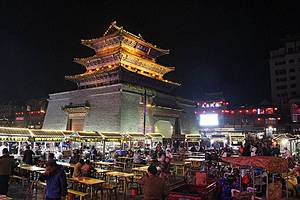Surrounding attractions of Zhashui Cave and Fenghuang Ancient Town
2 cities |
9 attraction(s) |
total distance 187
km
 TIPS
TIPS
Day1
Day2
Day1: Xi'an > Shangluo
7 attraction(s) ·
183 km
3
They are all home-cooked dishes, taste good, and the environment is average.
2
km
5
Fenghuang Town is located on the southern slope of the Qinling Mountains. It is surrounded by mountains and water, with the convergence of three rivers: Shechuan River, Zao River, and Shuidigou River, forming a delta. It was known as "Sanchahekou" during the Tang and Song dynasties, "Shechuan River Township" during the Yuan Dynasty, "Shechuanli" and "Shangmengli" after the 15th year of the Ming Dynasty (1479 AD), and renamed "Fenghuangzui" during the Jiaqing period of the Qing Dynasty. In the 30th year of the Republic of China (1941), it was renamed "Fenghuang Town" to this day. The winding streets of the old town and the numerous Ming and Qing dynasty houses on both sides are the biggest features here. Traditional hand-made paper and forging traditions still continue to this day. More than 60 houses from the Ming and Qing dynasties are still well preserved in this ancient town of over two kilometers in length. There is a small creek covered with stone slabs along the main street, and another creek that passes through the town vertically, forming a cross-shaped water system. The shops are all located on both sides of the old street, with residential areas behind them. The front gates of the street-facing houses are usually made of sturdy and wear-resistant walnut or lacquered wood, coated with earth lacquer oil for a clean and bright appearance; the door pedestals are stone-carved flowers. The shop fronts are not more than a zhang wide, but the houses are deep, reaching thirty to forty meters. It is said that the number of shop compartments and the depth of the houses represent the wealth of the owners at that time. The wooden residential houses in Fenghuang Town are small and exquisite, with well-designed and rational layouts, and good performance in terms of rain, moisture, and fire prevention. Compared to traditional northern residential houses, they have more characteristics of southern residential architecture. Walking on the old streets of Fenghuang Town, you can clearly feel the difference between the buildings here and the typical houses of the Guanzhong region. In terms of appearance, it resembles Huizhou residential houses, with pink walls, blue tiles, and decorations in the center and on the sides of the roof, often featuring lotus or plum patterns.
1
km
6
Easy to find, located in the central part of the ancient town. Tongxing and the well-known old brand really live up to their reputation! It represents the epitome of farmhouse cuisine and offers the authentic taste of southern Shaanxi. The interior of the restaurant is quaint and elegant, with a lingering atmosphere of the Ming and Qing dynasties. There is a Qing Dynasty carved wedding bed, a treasured family heirloom of the owner, dating back about a hundred years. Its external carvings depict auspicious dragons and phoenixes, while the internal paintings depict eternal love and playful Mandarin ducks in water, making it a fine piece of art. Unforgettable flavors. The tofu is savory and delicious, and the cured meat is sparkling and mellow. There are also large steamed buns, exuding the fragrance of wheat; the boss is kind and hospitable, and the landlady is beautiful and attentive in service. Definitely worth recommending. Recommended dishes: wild boar meat, sweet potato trotters, Zhashui immortal jellyfish...
38
km
7
The self-service breakfast offers a wide variety of choices, including dishes and snacks, and the taste is also excellent.
Day2: Xi'an
2 attraction(s) ·
5 km
1
The main landscape of Nantai Mountain is unique and varied, forming a "structural landform museum" with stunning features such as the solitary Sendeng Tower, the reclining Rhinoceros Stone, the towering Guanyin Tower, the majestic Lingying Tower, and the roaring Tiger Rock. Nantai Mountain is one of the sacred sites of Buddhism in China and has preserved a large number of Buddhist ruins. It is called Nantai because there are five peaks on the mountain named Qingliang, Wenshu, Sheshen, Lingying, and Guanyin, and it is located south of Yaohao County Wutaishan (Mount Yaowang).
5
km

